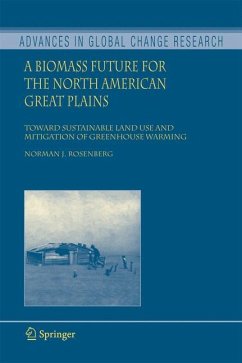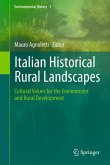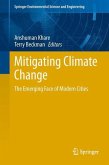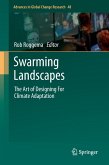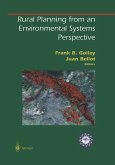WHY THIS BOOK? This book is an exploration of the possibility that a significant portion of the North American Great Plains (NAGP), now primarily in rangeland, corn, soybean, and small-grain production, can be converted to the production of biomass-energy crops. Biomass can be used as a substitute for some of the fossil fuels the use of which is now increasing the atmospheric concentration of carbon dioxide (CO ) 2 and contributing to global warming and climatic change. Such a land use change to biomass could lead not only to a global good but also to specific economic and environmental benefits for the NAGP region. This analysis is prompted by the following facts and trends: The emission of CO from fossil fuel combustion and tropical deforesta- 2 tion and the rising concentrations of other greenhouse gases make global warming a virtual certainty in this century; indeed the evidence is strong that a warming is already discernible. Global warming will lead to climatic change and, while the geographic d- tribution of this change is not yet known, most general circulation models (GCMs) suggest that midcontinental regions in the northern hemisphere (such as the NAGP) are likely to become drier as well as warmer. NAGP, one of the world's major breadbaskets, is subject to periodic droughts and other climatic stresses that may worsen with global wa- ing.
From the reviews: "In A Biomass Future for the North American Great Plains, Norman Rosenberg, an agricultural meteorologist with degrees in soil physics and meteorology, sets out to examine the potential for the North American Great Plains as a major source of biomass for producing cellulosic ethanol. ... This book presents a comprehensive, thoroughly researched, and timely treatment of the topic. ... The book is appropriate for upper-level students and other individuals interested in sustainable agriculture, agroecology, bioenergy, and related topics." (Steven L. Fales, Great Plains Research, Vol. 19 (1), Spring, 2009)

